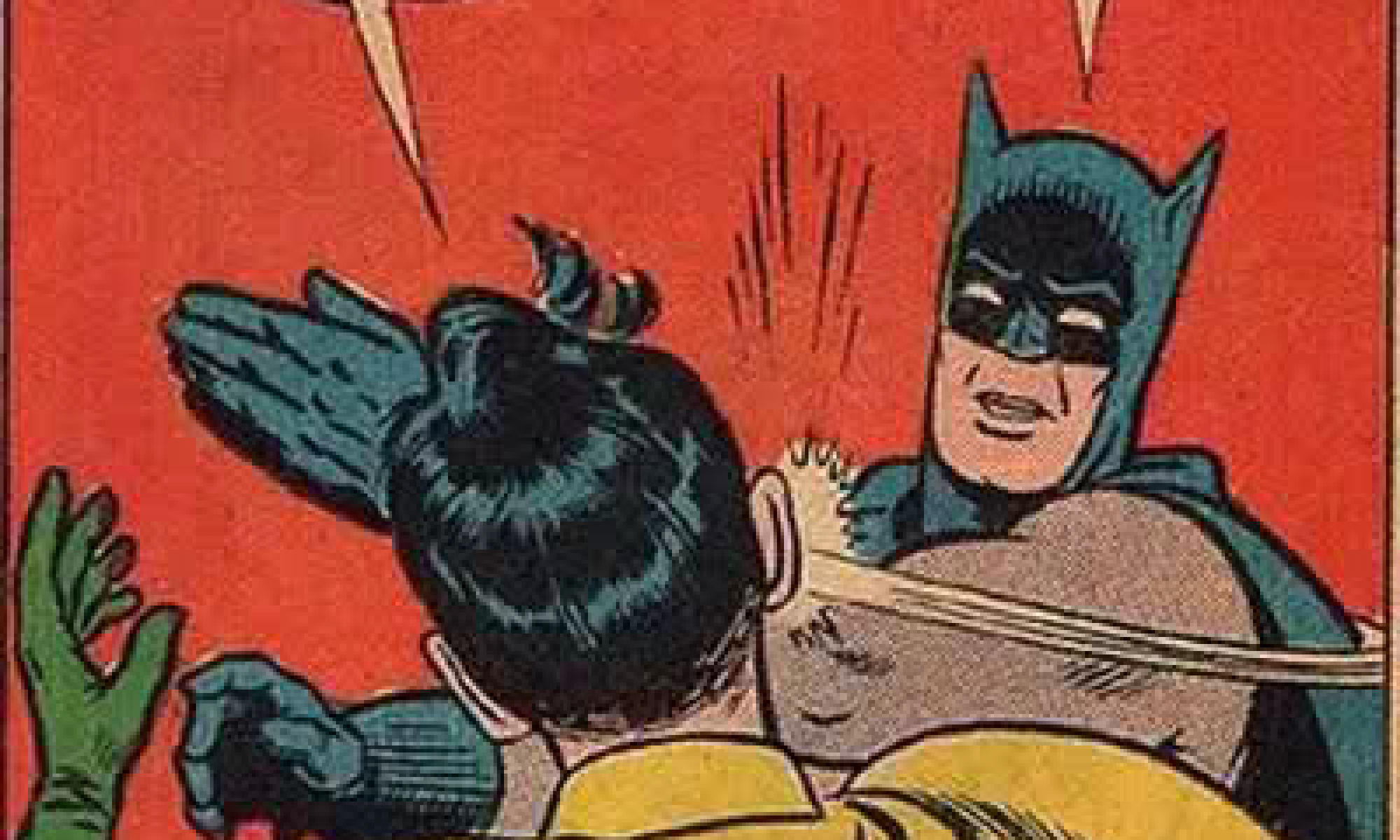Gerard Genette (yes, I’m still reading Genette’s Paratexts: Thresholds of Interpretation – it’s endless!) is now discussing the various functions of different kinds of prefaces (all quotations below from pp. 203-5). One function of the most common kind of preface (by the author; published with the text originally) is to explain the unity of the work it stands before. This is especially the case when the work is a collection of some kind. But some authors, he notes, make a point of eschewing the unity of the work and embracing its disunity. Roland Barthes, writing later of his collection Essais critiques, said “I explained in my preface why I didn’t want to give these texts, written at different times, a retrospective unity” but, somewhat contradictorily goes on to say “The unity of this collection can only be a question: What is writing?” As Genette wryly comments: “The retrospective unity that is virtuously shoved out the door sneaks back in through the window in the form of a ‘question’.” (And, talking of Barthes, how brilliantly the lack of punctuation speaks in his title Sade Fourier Loyola, the preface to which “emphasizes indirectly… the incongruous – indeed provocative – appearance of such a grouping.”) More resolutely, Borges, in many of his prefaces, appears to prize diversity over unity: “This book is nothing more than a compilation,” “God grant that the essential monotony of this miscellany… be less evident than the geographical and historical diversity of its themes,” and so on.
I have come to realize that A Certain Gesture: Evnine’s Batman Meme Project and Its Parerga! is about exactly this – privileging disunity and disorganization over their opposites. The Wunderkammer, again: a curious assortment, a serendipity, a heap. But just how far down can disunity go in the book? Not all the way down, to the letters, which are organized into words, or to the words, which are organized into sentences, or to the sentences, which are organized into paragraphs and distinct commentaries. But above that, it is all chaos. The work has no thesis. There is not even a single theme or subject that it is about. Many quite unrelated themes crisscross each other in random ways. The voices in the work are multiple: the voice of the artist of the memes, which speaks almost only in the memes themselves, and the voice of the editor, who speaks in the commentaries and to whom the memes are the work of an other. My own voice? The voice of the one who composed the memes and wrote the commentary? It is barely to be found in the work at all! The very boundaries of the work are porous. That, after all, is the significance of the theme of parerga. Is the work A Certain Gesture: Evnine’s Batman Meme Project and Its Parerga! itself one of the parerga of the Batman Meme Project? Is the book about itself? Part of itself?
When an ergon, a work, is a text, a parergon is a paratext. Genette discerns within the category of the paratext two subdivisions: the peritext, which surrounds the text (preface, title, index, etc.) and the epitext, which is additional to it (the author’s diaries, letters, interviews, as they pertain to the work). Translating back into the language of the ergon, we may distinguish the parergon from the epergon. The posts on this blog are part of my book’s eperga. I now conjure in my phantasy a collection of these posts, published as a separate volume. Perhaps it could be called ‘A Certain Gesture: Evnine’s Batman Meme Project and Its Parerga!’ and Its Eperga. Or perhaps, on the grounds that the eperga should have had a place in the main work and are here being offered as a supplement, Parerga and Paralipomena. (Paralipomena: outtakes. Funnily enough, Schopenhauer, whose title that originally is, has just intruded himself unexpectedly into one of the commentaries I am working on these days, on the meme that accompanies this post.) Or perhaps Eperga to the Parerga. Or even, following Barthes’s lead, just Eperga Parerga.
Supposing that volume of collected eperga to exist, what would its relation be to A Certain Gesture: Evnine’s Batman Meme Project and Its Parerga!? It is somehow an off-shoot of the disunity of the main volume. It is because my own voice is excluded from that work in favor of the disunity created by separating myself into artist of the memes and commentator on the memes that I began to want to write here on this blog in my own voice. But the original disunity now seems to spill over, preventing Eperga to the Parerga (I seem to have made my choice of title) from having a graspable relation to A Certain Gesture: Evnine’s Batman Meme Project and Its Parerga!. They are, most definitely, not two parts of a whole! Nor is the volume Eperga to the Parerga, though it consists of eperga, itself an epergon to the main work. Nor a paralipomenon to it; nor a parergon. (Is this right?) And yet they are surely closely related. It seems their relation is ineffable. It defies conceptualization. I find myself haunted, almost to the point of nausea, by the thought of these two books, one on its way to existing, the other merely a product of my fancy (though made entirely of existing materials). Haunted by the thought of them and their unsayable and repellent intimacy.


Thhis was lovely to read
LikeLike
Thank you!
LikeLike